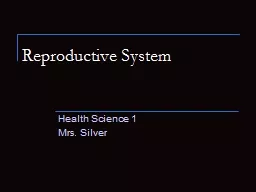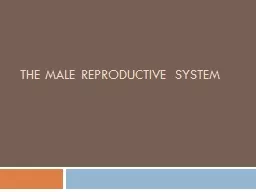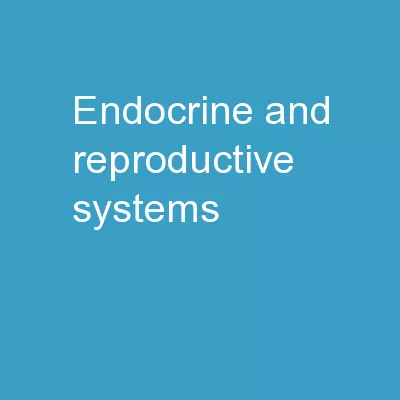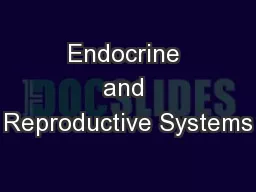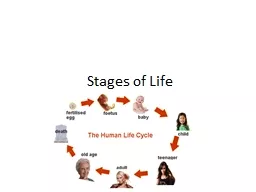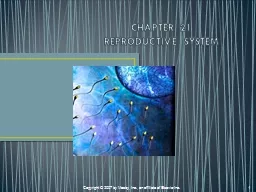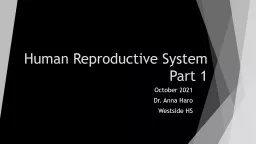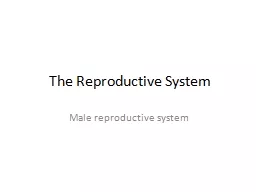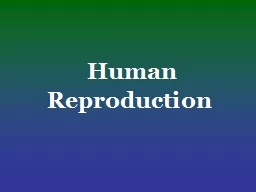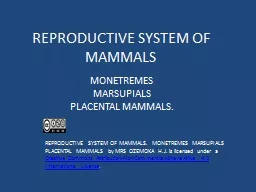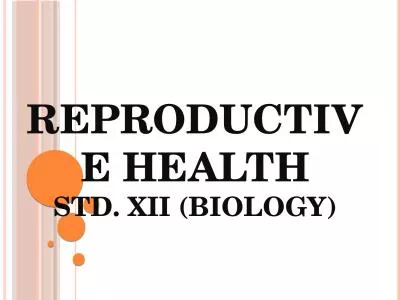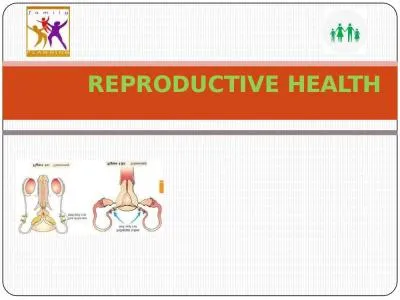PPT-Reproductive System Health Science 1
Author : edolie | Published Date : 2022-07-01
Mrs Silver To provide for continuity of the species Contains necessary organs capable of the creation of new individuals Manufacture hormones necessary for development
Presentation Embed Code
Download Presentation
Download Presentation The PPT/PDF document "Reproductive System Health Science 1" is the property of its rightful owner. Permission is granted to download and print the materials on this website for personal, non-commercial use only, and to display it on your personal computer provided you do not modify the materials and that you retain all copyright notices contained in the materials. By downloading content from our website, you accept the terms of this agreement.
Reproductive System Health Science 1: Transcript
Download Rules Of Document
"Reproductive System Health Science 1"The content belongs to its owner. You may download and print it for personal use, without modification, and keep all copyright notices. By downloading, you agree to these terms.
Related Documents

